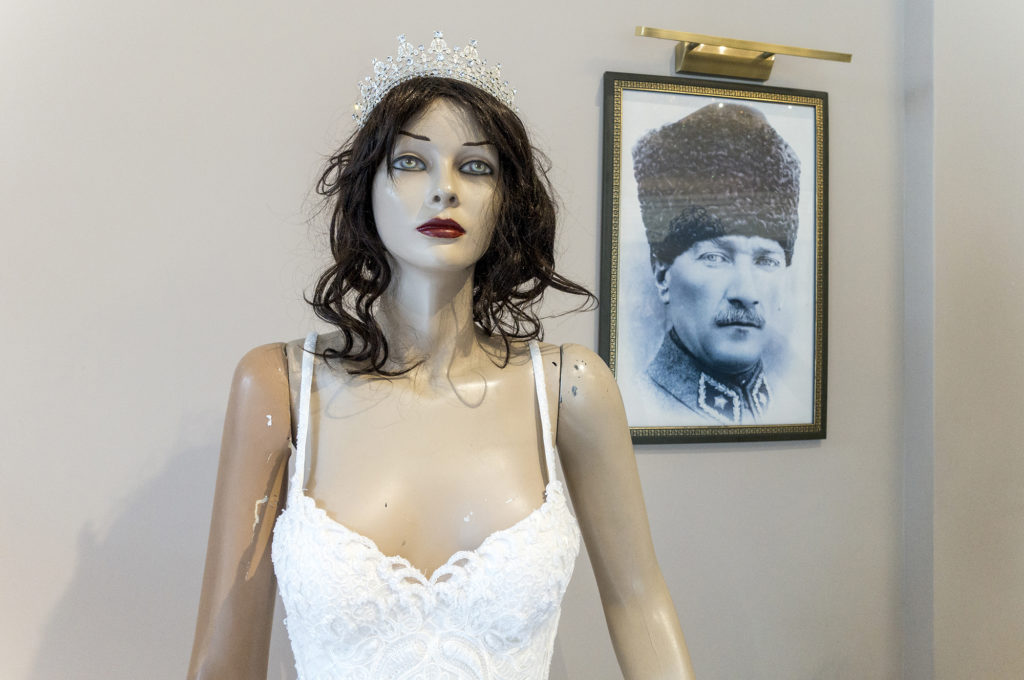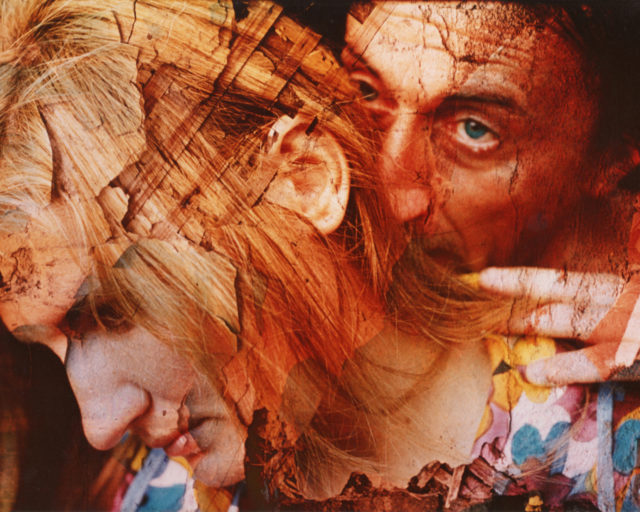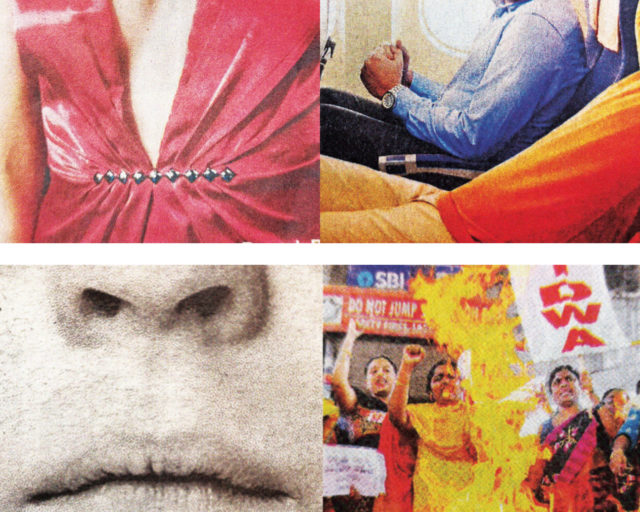Cover of Mine Dal, Everybody’s Atatürk (Edition Patrick Frey, 2020)
Mustafa Kemal Atatürk, “the father of the Turks” (1881–1938), was a soldier-turned-politician who cut a stylish figure in his fashionable suits. Thinker, teacher, trailblazer, he soon became a role model for a fledgling Republic of Turkey. Critics of Atatürk’s modernizing legacy have long viewed him skeptically as a symbol of forced Westernization. Regardless, Atatürk’s photographs are everywhere in Turkey. Since 2002, when Islamists first ascended to power, his iconography flourished, and the image of Atatürk gained fresh significance. Nowadays, his portraits furnish teahouses, classrooms, airports, greengrocers, bakeries, and indoor swimming pools: you can find his likeness while queuing in a butcher shop or waiting for a haircut in the barbershop. Tourists who treat themselves to Turkish cuisine may notice the leader’s gimlet gaze on the walls. At night clubs, photographs that depict Atatürk dancing with Turkish women at state balls abound. Dead since 1938, Atatürk remains perennially alive.

In 2013, Mine Dal, a Turkish photographer based in Switzerland since 1999, set out to capture this phenomenon and answer a question: why have so many people put up Atatürk pictures when nobody asked them to? Everybody’s Atatürk (Edition Patrick Frey, 2020) comprises fruits of her labors. “For seven years, I’ve searched Atatürk photographs wherever I went in Turkey,” Dal tells me on a recent Zoom call. “When I entered a florist, or a tailor, or a butcher, my eyes would automatically locate him.” But after two years of documentation, she decided Istanbul was too narrow a focus for this memory archive. She would travel through Turkey: from the Black Sea to the Aegean, from the Mediterranean to eastern Anatolian, no region would remain unexplored. “It began as a curiosity and turned into an obsession.”
Dal’s initial strategy was a protracted one: locate Atatürk imagery, decide how to frame them, step outside, work on her Canon EOS 6D’s settings, reenter the space, and ask for inhabitants’ permission to photograph. “I was trying to be sympathetic, but my camera unnerved people,” she says. That Atatürk stands in the ambivalent intersection between private and public in Turkey is a discovery Dal made the hard way one day when a shopkeeper told her to “immediately leave” his shop. “How can I make sure you’re not an agent?” he inquired.

With people growing anxious about her presence, Dal changed tactics. She began using a tiny camera—a Sony DSC-RX100M3. Taking advantage of its mobility, she operated guerrilla-style but faced novel challenges. One day in 2015, three policemen detained Dal after noticing her camera. “When they asked what I was doing, I told them there was an Atatürk picture next to the WC which I wanted to photograph,” she recalls. “They took me into a room in the police station for interrogation. I was convinced I’d be arrested.” They let her go.
Dal’s work appreciates the ingenious ways that Turkish people integrate Atatürk into their daily lives.
Turning the pages of her bulky book, which features 364 images on its 652 pages, and essays by Turkish musician and novelist Zülfü Livaneli and the former politician Altan Öymen, is a perplexing experience. Dal’s gaze is capacious, one that captures manifold ways in which Atatürk is commodified in contemporary Turkey. There he is, sitting beneath packs of cigarette packs in a grocery store; and there Atatürk appears in a poster, glued next to Frida Kahlo and the Joker. The military genius is placed near jars of pickles in another picture. His face adjacent to loo paper and detergent in a tiny shop may puzzle outsiders. For Dal, though, his all-encompassing presence is a cause for celebration: her work appreciates the ingenious ways that Turkish people integrate Atatürk into their daily lives.

For the seller of Chivas Regal bottles that Dal photographs in a bourgeois Istanbul neighborhood, Atatürk’s image hung in his shop may serve as a reminder that the Westernizing founders of the Turkish republic also consumed alcohol—that there is no shame in enjoying life a bit. Elsewhere, Dal captures a man with an arm in a cast posing for a photograph in front of an Atatürk statute. How does that make him feel? A Syriac Orthodox abbot at the Mor Hananyo monastery in southeastern Anatolia points reverently toward Atatürk in another image. (“If it weren’t for him, I wouldn’t be here,” he told Dal.)
Among the most striking images is a view of the Buca district in the coastal city of Izmir, where a giant concrete bust of Atatürk has been carved into the side of a mountain. And furnishing the back cover is an image of a man baring his chest to reveal an Atatürk tattoo. For him, and numerous others, Atatürk is a sacred figure, almost a deity. He masterminded the secularist project. He abolished the caliphate and the sultanate. He changed the Turkish script from Arabic to Latin. He asked citizens to dress like Europeans and assured them that they belonged to the “modern world.” For a nation used to living under a sultan’s reign, he became a Republican sultan whose every move and speech were treated as sacred. No wonder Atatürk appears in one of Dal’s pictures in the form of an angelic icon placed next to verses from the Qur’an. But for the majority of people, Atatürk belongs, above all, to the mundane. Swimming in the sea, entertaining a kid, fishing, roaring with laughter, promenading with his colleagues, he’s fallible, human.

There is a strong sense of spontaneity in Dal’s compositions. Her Atatürk photographs in domestic settings have an exceptionally tender air. We find him next to a hoover in a house, beneath a chair. Elsewhere, Atatürk is attached to an evil eye, a deterrent to those who mean harm. “People who read my book say, ‘We notice Atatürk pictures everywhere now, thanks to you,’” Dal says. But she adds that she intended to “reflect Atatürk’s multilayered personality; I’m by no means idolizing him.” Instead, she is interested in how his images and spaces in Turkey intersect to tell stories. “In researching for the book, I’ve looked into other examples, like Mao and Lenin. Neither is as popular a figure today. There is no other country whose founder is as deeply embedded in the texture of every day.”

Yet, when Dal proposed the project to Turkish publishers specializing in “Atatürk books,” she received the cold shoulder. “They found my book weird,” she recalls. “They prefer publishing fancy coffee-table books with Atatürk images. I was more interested in investigating how people interacted with Atatürk’s images. They said such a book wouldn’t sell.” A Swiss publisher disagreed, and Everybody’s Atatürk was shortlisted for the Rencontres d’Arles Book Awards in 2021. Each copy contains two standalone Atatürk pictures. “The idea was that you could place your own Atatürk picture in your setting, just like those people did in my pictures,” Dal explains. The book compiles her archive in mostly chronological order, and its penultimate image was taken in 2019. A photo of two clocks that have stopped at the time of Atatürk’s death, 9:05 a.m., it is a poignant double-reflection on the chronological aspect of the book’s sequence and the pre-pandemic nature of this catalogue of images.

All images courtesy Edition Patrick Frey
Dal’s images carry the scars of recent history. They bear witness to seven traumatic years for Turkey. In 2013, four weeks after Dal took the earliest photo in the book, environmentalists filled Istanbul’s Gezi Park, unleashing the most momentous protest movement in modern Turkey’s history. At Gezi, protesters used Atatürk posters, appropriating the image of Turkey’s westernizing founder as a symbol of their struggle. The government reacted by calling them “degenerates” and “foreign agents.”
Nevertheless, in the autocratic atmosphere that has suffocated Turkey since 2013 and in the wake of the failed coup attempt of 2016, instigated by a shadowy religious sect, Atatürk remains a guiding figure for the liberal, westward-looking part of Turkey. Meanwhile, Dal’s book, produced thanks to so many visits to public spaces, seems like a relic just a year and a half after its publication. I tried to imagine all its documented interiors as they remained vacant during lockdowns: dark, empty, and yet connected by countless images of their common occupant.
Everybody’s Atatürk was published by Edition Patrick Frey in 2020.



























